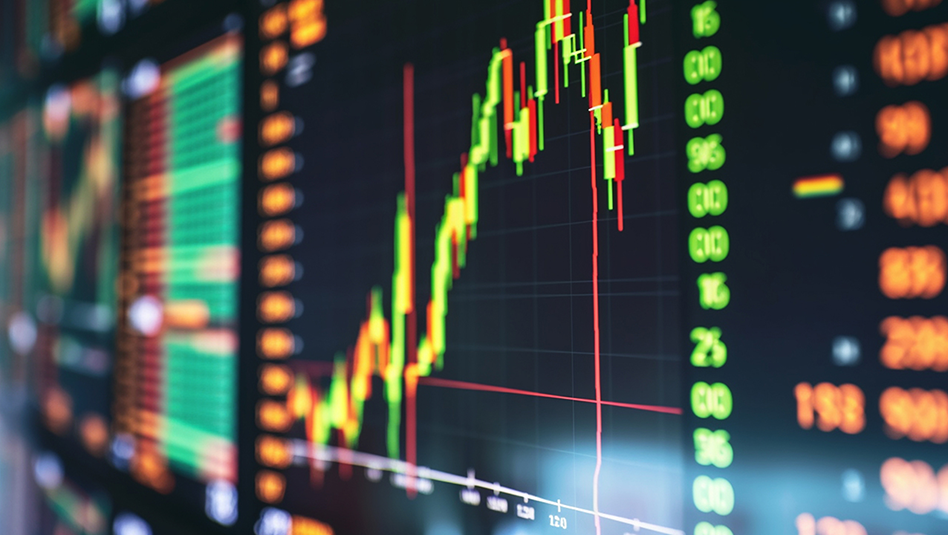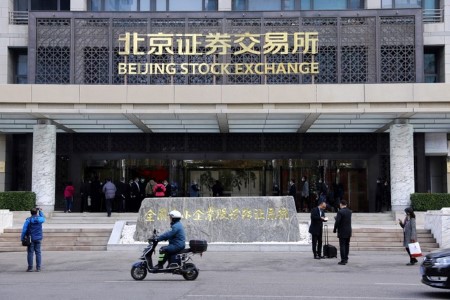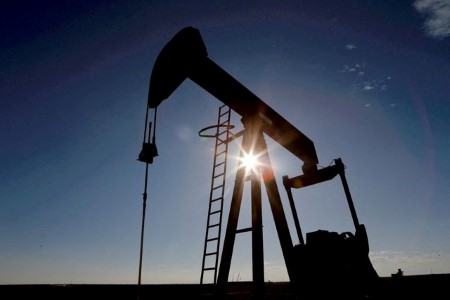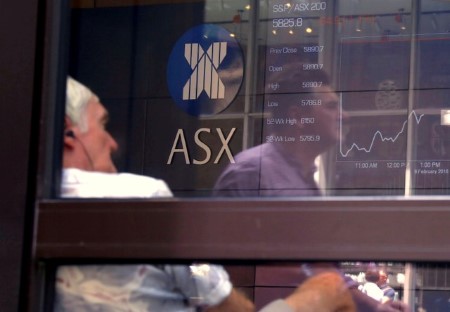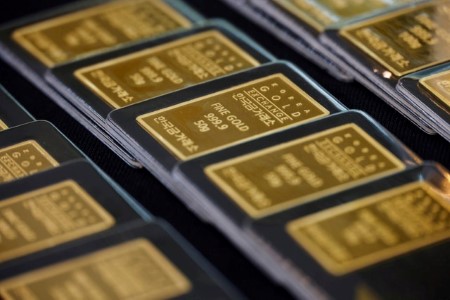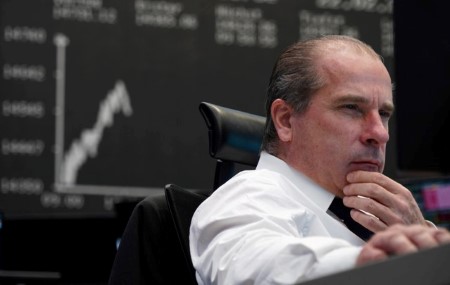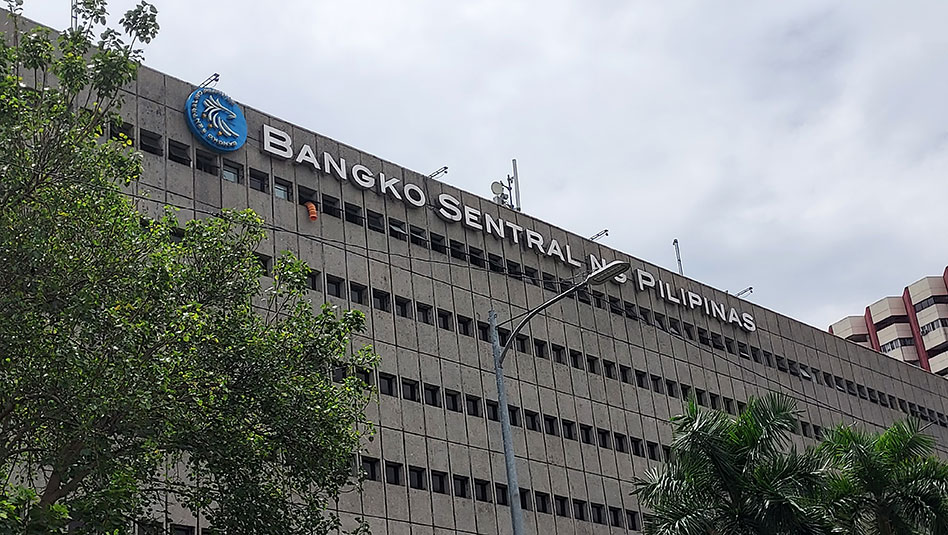Jan 12 (Reuters) – The dollar index fell 0.95% on Thursday led by USD/JPY’s 2.5% plunge on BoJ policy tightening speculation, but much more broadly after US overall CPI posted its firstly monthly decline since May 2020, encouraging trading based on the Fed nearing the end of its tightening cycle.
The dollar index pierced a trio of major technical supports in the 102.32-40 range, including the pandemic uptrend line off May 2021’s pivotal low and the 61.8% Fibo of last year’s rally, a close below which could be quite bearish.
There was a short-lived rebound in Treasury yields and the dollar from post-CPI reaction lows on profit-taking and acknowledgement that core inflation, particularly the services less rent of shelter gauge — closely watched by the Fed — trended higher and the claims data reinforced the view the labor market remains tight.
Regardless of those factors and St. Louis Fed President James Bullard reiterating why he, and virtually all Fed speakers of late, think higher rates will be around for a while, the market continues to price in a fed funds terminal rate in June further below 5% with 50bp of rate cuts by year-end.
In contrast, the ECB is expected to hike rates roughly 150bp further by July.
EUR/USD rose 0.84% to its highest since last April as 2-year bund-Treasury yields spreads hit their highest in 11 months and before the invasion of Ukraine hastened EUR/USD’s retreat. Prices are now well above the 61.8% Fibo of the post-invasion slide at 1.0736 and widely expected to rise substantially.
USD/JPY plunged from 132.435 to below the prior trend low at 129.51 in anticipation of the Jan. 18 BoJ meeting producing another 25bp rise in the current 0.5% cap on 10-year JGB, with discussions about further dismantling of its yen-bearish yield curve control policies.
Sterling rose 0.6% on the dollar’s risk-on response to the CPI report.
The Australian dollar and yuan rose 0.85% and 0.6%, respectively, as hopes for China’s COVID reopening remain high.
(Editing by Burton Frierson; Randolph Donney is a Reuters market analyst. The views expressed are his own.)







 DOWNLOAD
DOWNLOAD

